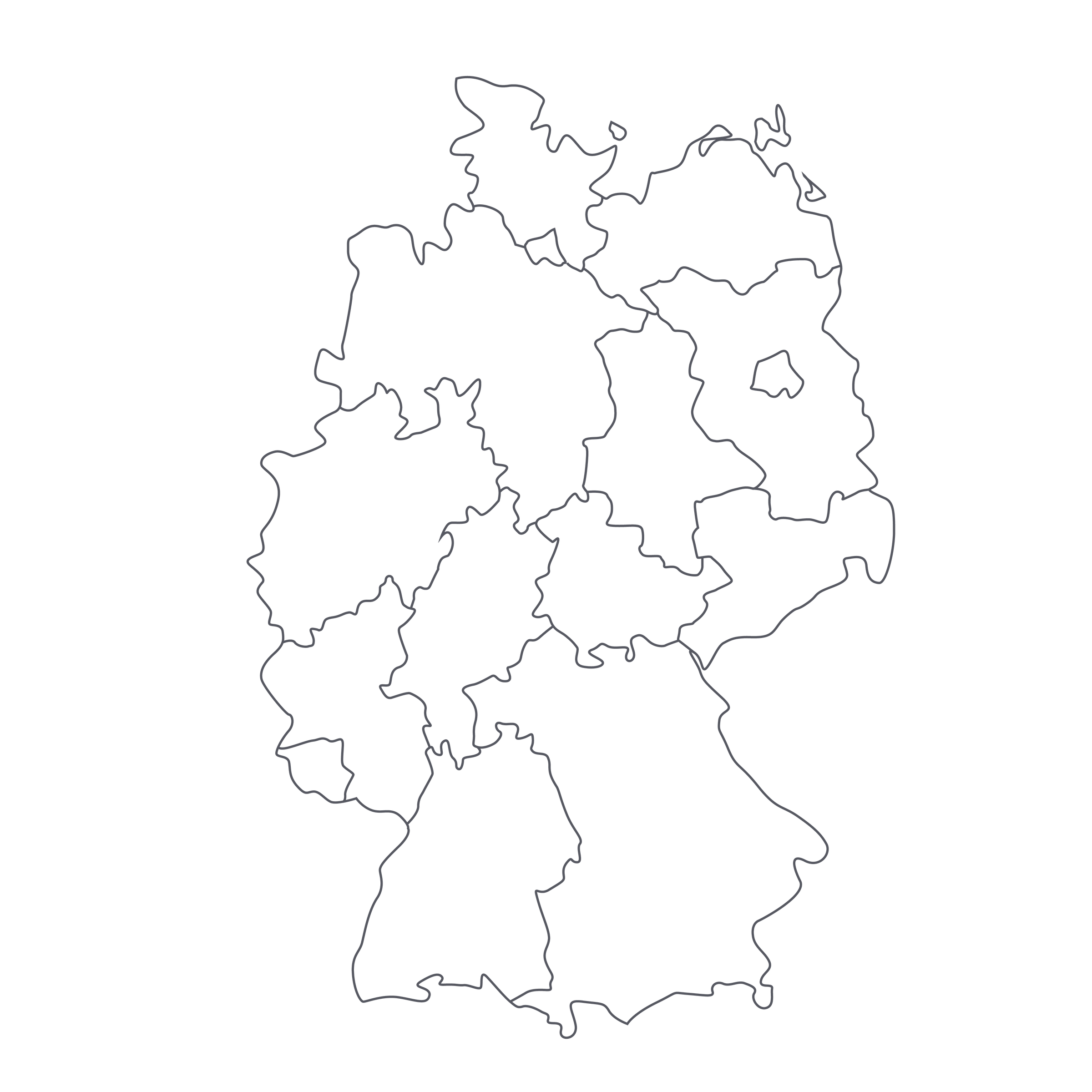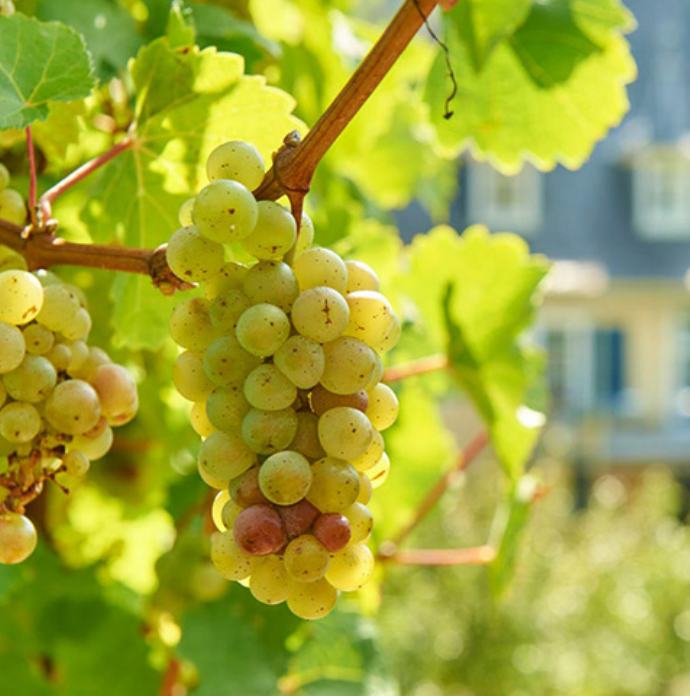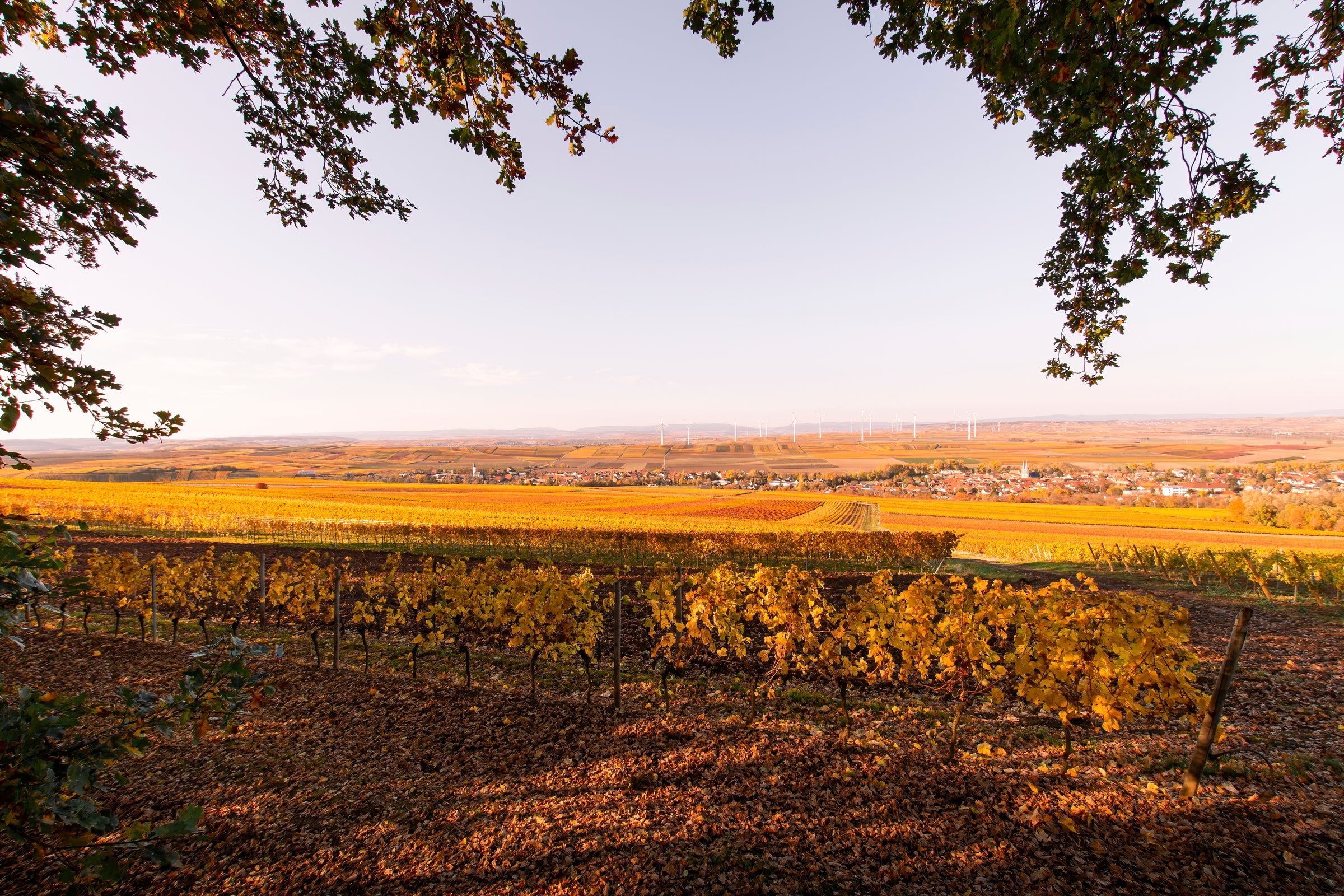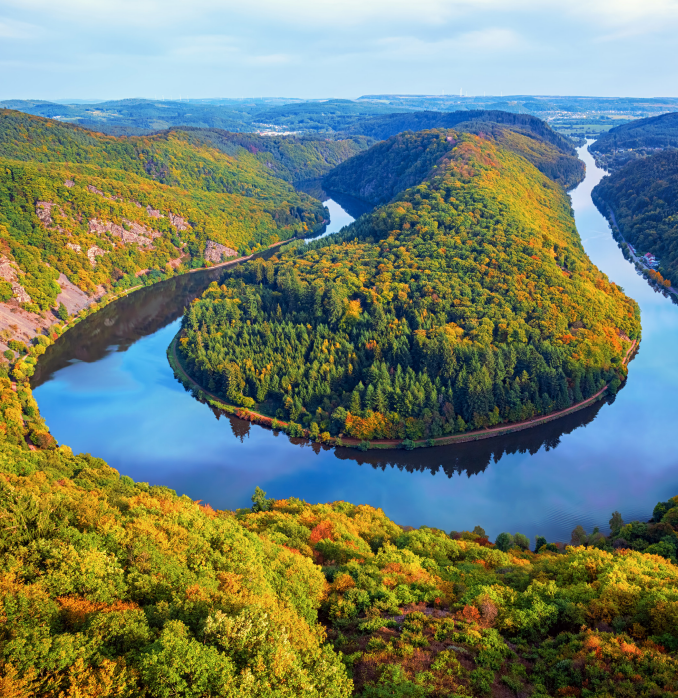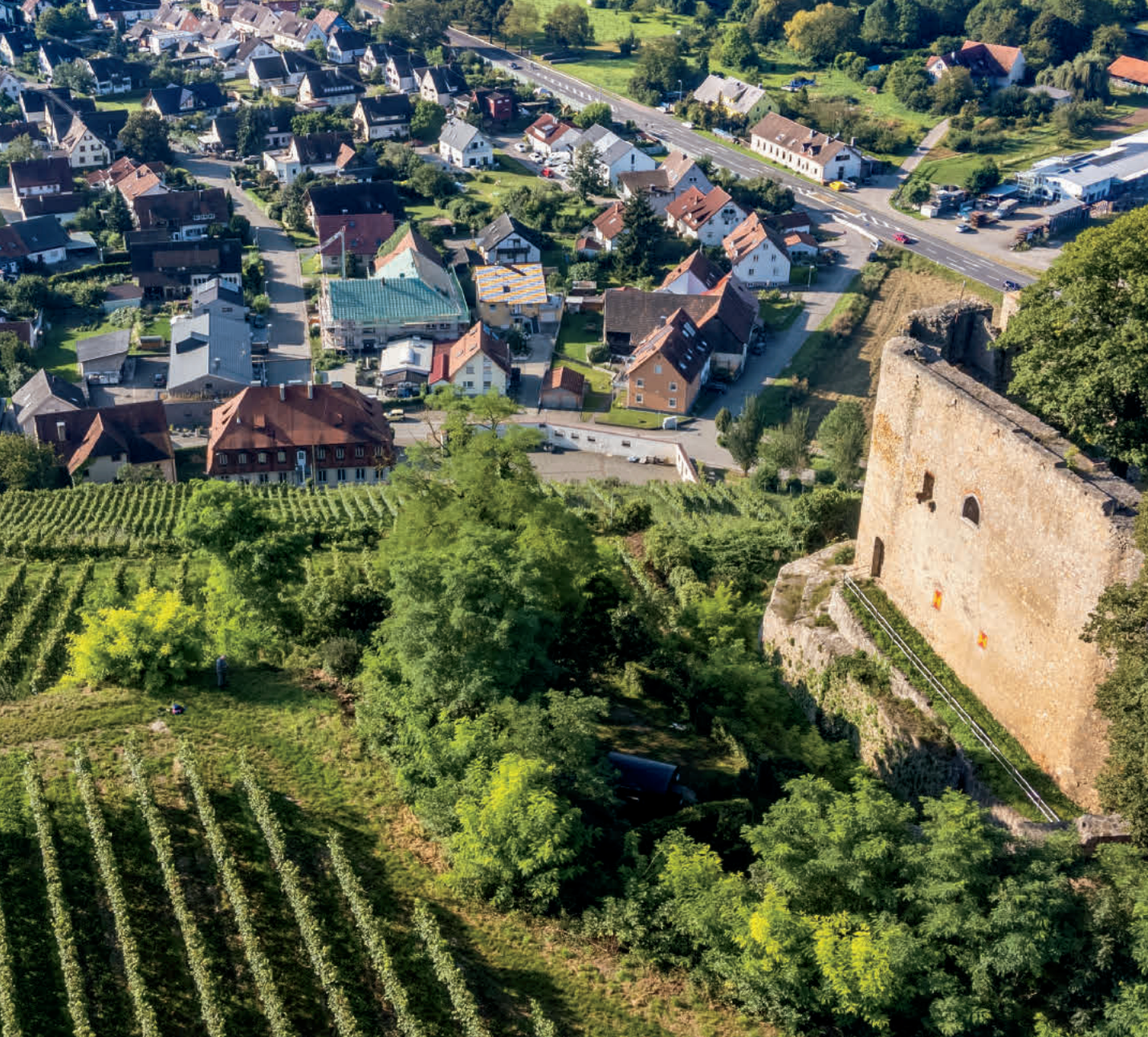If I were to teach a class about benchmark wines of the world, today’s Riesling from Max Ferdinand Richter would be an essential addition to the lineup. It is from Germany’s Mosel, arguably the world’s most distinguished Riesling growing zone, and it is from “Wehlener Sonnenuhr,” one of the Mosel’s very best single vineyards. Then there’s the Richter family, who’ve been passing this estate down from father to son for 300 years. If that doesn’t qualify as a benchmark, I don’t know what does, but just as important as its historical significance and pinpoint place-specificity is the thrillingly delicious wine experience it represents.
As a
kabinett-designated wine from an acclaimed, “grand cru”-equivalent site, this eminently affordable bottle is a fascinating indoctrination into the world of top-tier German Riesling—a beguiling world in which small amounts of residual sugar are perfectly balanced by electrifying acidity and a vapor trail of floral, fruit, and mineral notes from the unique slate soils. I would add this is not a “sweet” wine, but a perfect example of the “off-dry” style: Lovers of German Riesling (like me) know the magic of the Mosel, and how its lightweight, low-alcohol, ethereal wines persist on the palate seemingly indefinitely. And the price for all this? Negligible. After all these years, I still can’t believe it—nor will I stop celebrating it! This is the ‘everyday’ bottle serious wine lovers deserve: If that’s you, I strongly advise stocking up. This wine will age gracefully for the next decade and beyond!
Wehlener Sonnenuhr (VAY-len-er ZON-en-ooer), which translates to “the sundial of Wehlen,” is a strikingly steep, south/southwest-facing outcropping above the Mosel River comprised of weathered shards of blue Devonian slate. The Richters, who are transferring their estate’s reins from Dirk Richter to his son, Constantin, are among a “who’s who” of owners in Wehlener Sonnenuhr that includes luminaries such as J.J. Prüm, Willi Schaefer, and Dr. Loosen. This is a vineyard that delivers finely chiseled Rieslings that are also deep and substantial, at every “ripeness” level on the traditional German prädikat scale (kabinett, spätlese, auslese, etc.). It’s part of an impressive range of Richter family holdings that spans 48 acres stretching from Erden to Brauneberg, including pieces of other celebrated sites such as “Erdener Treppchen” and “Graacher Dompropst.” This is a venerable source of Mosel Riesling, to put it mildly.
And as in other parts of Europe, the Richters and their neighbors dealt with a more climatically mixed, late-finishing vintage in 2016, which created many more challenges than the perfect 2015 but wines that are, ultimately, of similar quality to the ’15s. Today’s 2016 Kabinett is not quite as rich at the ’15, but may have better overall balance and is marginally ‘drier’ in its overall impact. Kabinett Rieslings are always fascinating to taste with others because of the (often dramatically) varying degrees of sweetness each taster perceives. Yes, there’s perceptible sugar but as mentioned above such an electric charge of acidity to offset it that the end effect is, to me anyway, nearly a dry wine which has infinite pairing possibilities. If you go to any Michelin 3 Star, the sommelier is likely going to share an off-dry Riesling at some point; the pairing combinations can be magical.
The purity and expressiveness this 2016 exhibits, at this price, is really something to behold. In the glass, it’s a classic light straw-gold accented by heavy green and silver reflections at the rim, with an explosive nose of white peach, blue plum, green apple, citrus pith, white flowers, aromatic green herbs, and wet slate. It is medium bodied—leaning toward medium-plus—with plenty of concentrated fruit lending a glycerine-rich feel to the texture on the mid-palate. It cleans up beautifully, with no lingering sweetness and lots of stony savor on the finish—in short, a heck of a lot of wine for $26. While it certainly will improve and become more complex over the next 5-10 years, it’s impossible not to drink this wine if it is anywhere at hand: Simply pull the cork 15 minutes before serving at 45-50 degrees in all-purpose white wine or specialty Riesling stems. Although there are myriad food applications for this wine—as I say often, there’s no greater chameleon with food than Riesling—it put me in the mind of a brightly seasoned, Thai-inspired seafood preparation. I can also think of no finer choice for the
apéritivo hour(s) before dinner. This is the stuff!


